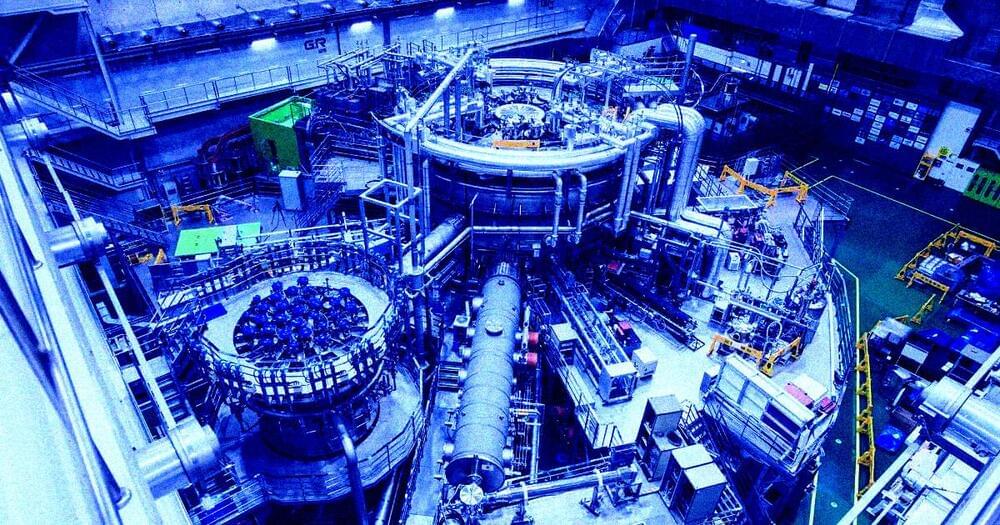Two piloted one-seat eVTOLs flew in formation during an exciting premiere by Jetson, opening the road for a wide range of missions in the future.
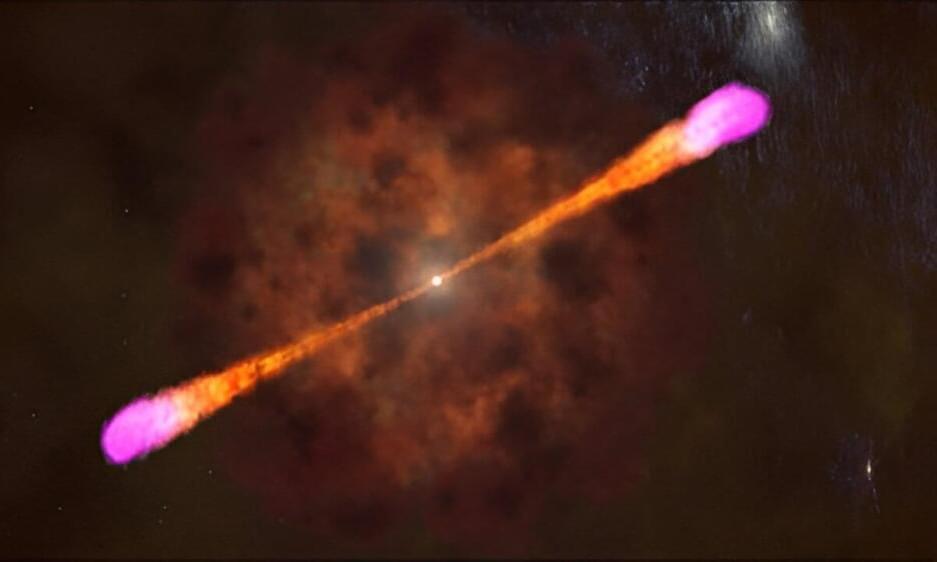

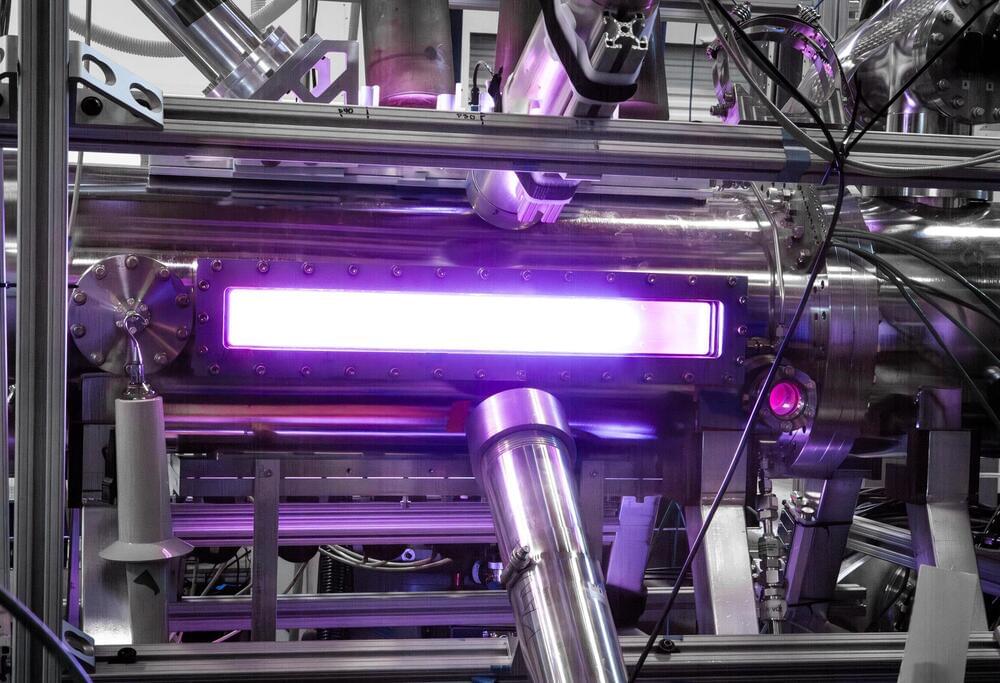
In the nine decades since humans first produced fusion reactions, only a few fusion technologies have demonstrated the ability to make a thermal fusion plasma with electron temperatures hotter than 10 million degrees Celsius, roughly the temperature of the core of the sun. Zap Energy’s unique approach, known as a sheared-flow-stabilized Z pinch, has now joined those rarefied ranks, far exceeding this plasma temperature milestone in a device that is a fraction of the scale of other fusion systems.
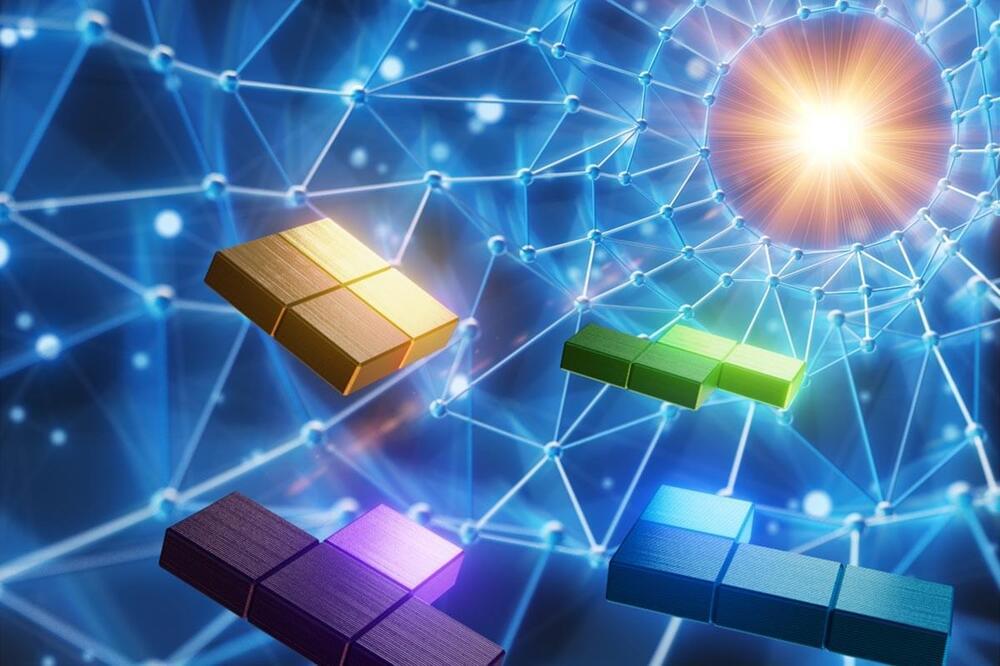
The device, based on simple tetromino shapes, could determine the direction and distance of a radiation source, with fewer detector pixels.
The spread of radioactive isotopes from the Fukushima Daiichi Nuclear Power Plant in Japan in 2011 and the ongoing threat of a possible release of radiation from the Zaporizhzhia nuclear complex in the Ukrainian war zone have underscored the need for effective and reliable ways of detecting and monitoring radioactive isotopes. Less dramatically, everyday operations of nuclear reactors, mining and processing of uranium into fuel rods, and the disposal of spent nuclear fuel also require monitoring of radioisotope release.
Innovative Sensor Design Inspired by “Tetris”
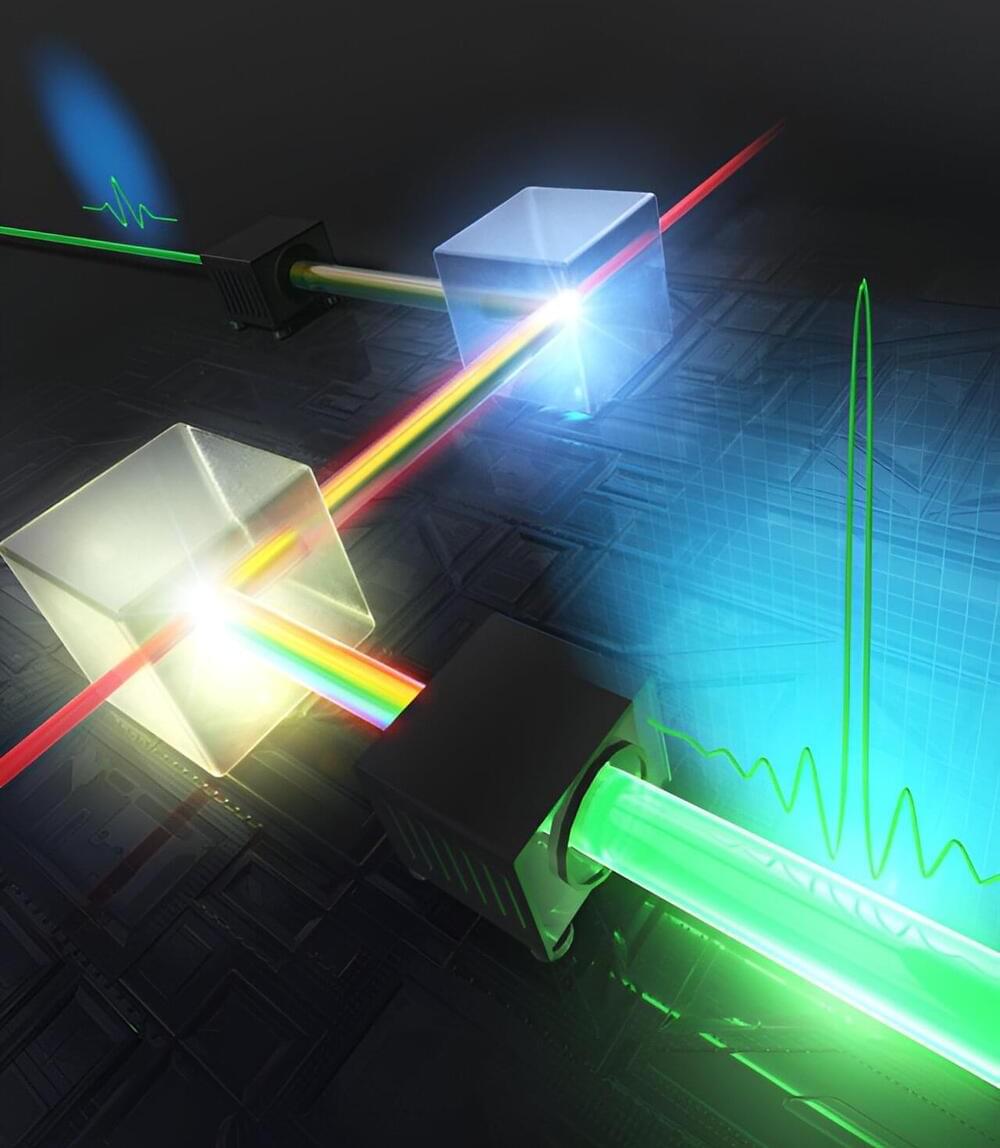
Extremely short pulses of laser light with a peak power of 6 terawatts (6 trillion watts)—roughly equivalent to the power produced by 6,000 nuclear power plants—have been realized by two RIKEN physicists. This achievement will help further develop attosecond lasers, for which three researchers were awarded the Nobel Prize in Physics in 2023. The work is published in the journal Nature Photonics.
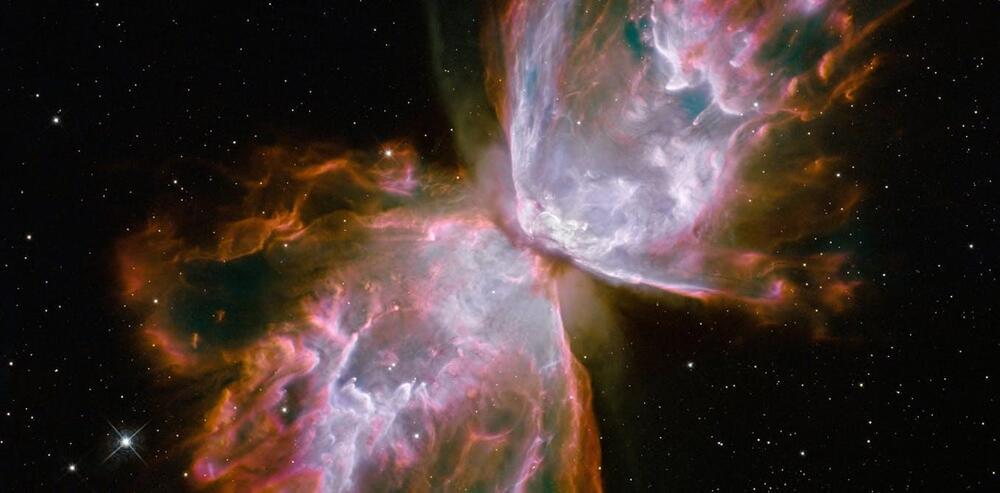
Stars like the sun are remarkably constant. They vary in brightness by only 0.1% over years and decades, thanks to the fusion of hydrogen into helium that powers them. This process will keep the sun shining steadily for about 5 billion more years, but when stars exhaust their nuclear fuel, their deaths can lead to pyrotechnics.
The sun will eventually die by growing large and then condensing into a type of star called a white dwarf. But stars more than eight times more massive than the sun die violently in an explosion called a supernova.
Supernovae happen across the Milky Way only a few times a century, and these violent explosions are usually remote enough that people here on Earth don’t notice. For a dying star to have any effect on life on our planet, it would have to go supernova within 100 light years from Earth.
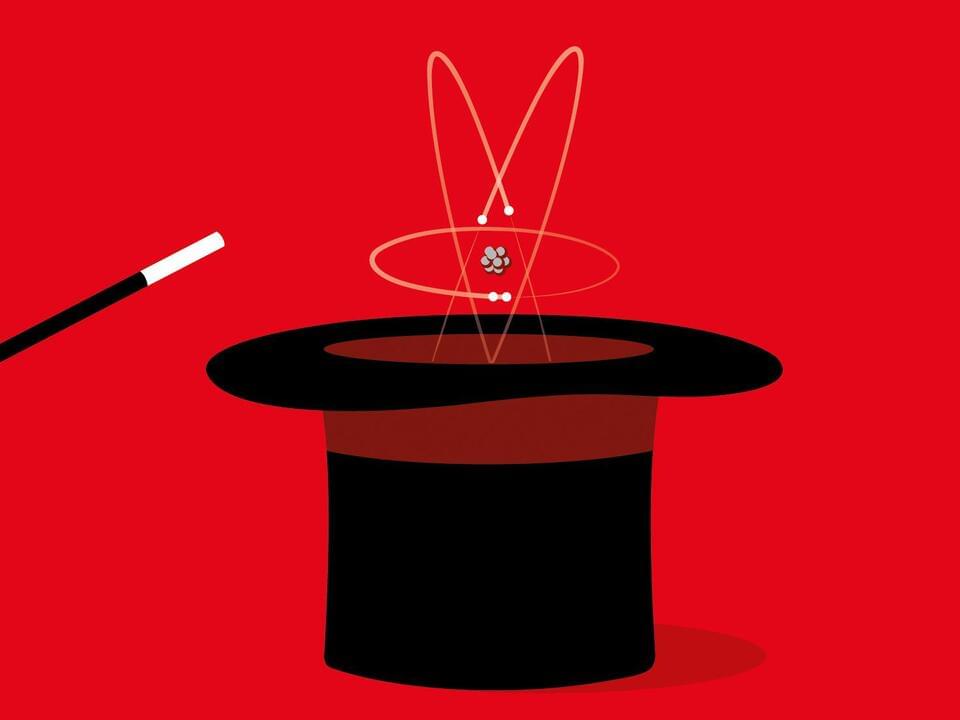
I found this on NewsBreak: The big idea: are we about to discover a new force of nature?
Intriguingly, both disciplines are grappling with unexplained results that could be pointing to the existence of a new force of nature. If such a new force were to be confirmed, the implications for our understanding of the universe, its history and makeup would be profound.
There are four forces that we already know about. Gravity governs the grandest scales, marshalling the planets in their orbits and shaping the evolution of the universe as a whole. Electromagnetic force gives rise to a vast range of phenomena, from the magnetic field of the Earth to radio waves, visible light and X-rays, while also holding atoms, molecules and, by extension, the physical world together. Deep within the atomic nucleus, two further forces emerge: the vice-like “strong force”, which binds atomic nuclei, and the “weak force”, which among other things causes radioactive decay and enables the nuclear reactions that power the sun and the stars.
Studying these forces has transformed our understanding of nature and generated revolutionary new technologies. Work on electromagnetism in the 19th century gave us the electric dynamo and radio broadcasts, the discovery of the strong and weak forces in the 1930s led to nuclear energy and atomic bombs, while understanding gravity has made it possible to put astronauts on the moon and to develop GPS satellites that can tell us our location anywhere on Earth to within a few metres. Uncovering a fifth force would be one hell of a prize.
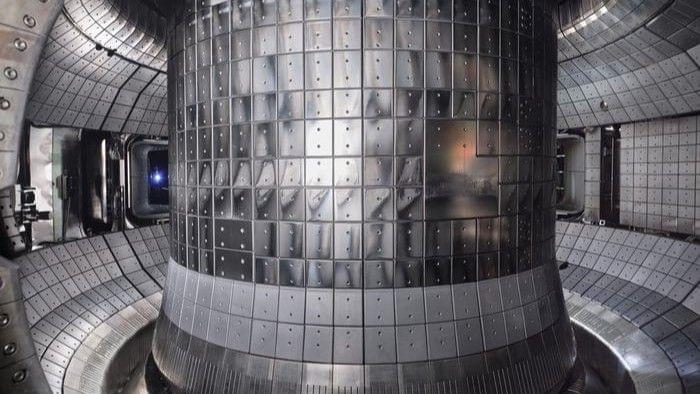
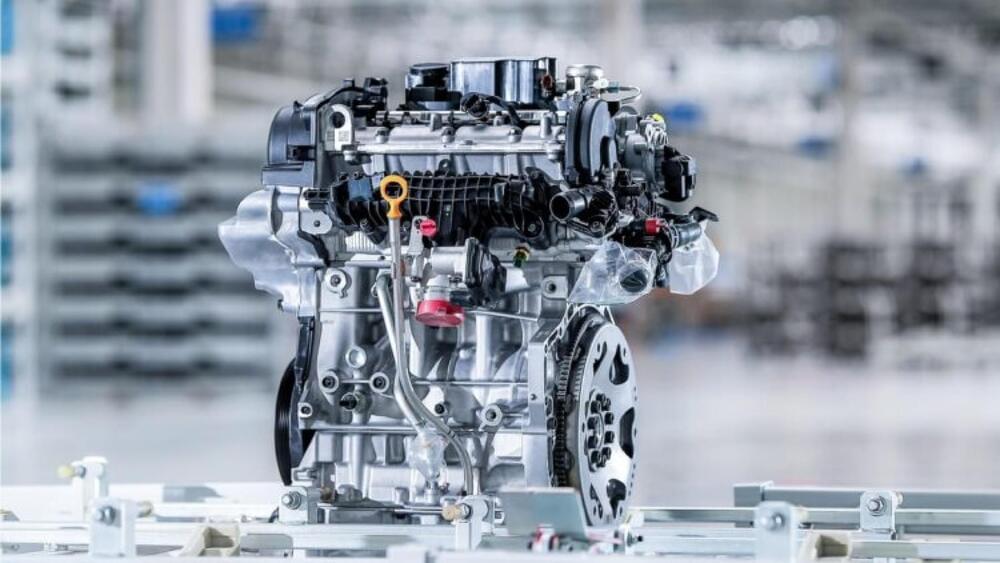
Do you know what they’ve discovered? This is the proton engine that Einstein predicted decades ago and that, for the first time, they’ve managed to materialize. The best part? It challenges even the laws of physics and the universe, and it’s going to decarbonize transportation.
Nuclear fusion has long been a sought-after but elusive goal for science. It involves joining atomic nuclei to release energy, the same process that occurs in the Sun and other stars. In fact, it’s a process similar to what we saw two weeks ago with the plasma engine.
Unlike nuclear fission used in current nuclear power plants—which, remember, we are highly critical of due to its lack of being an eco-friendly or renewable option—fusion offers the promise of a virtually inexhaustible and clean energy source.
Near 99 percent accuracy of bug patching in python programming language.
“The experiment deepens First Light’s ongoing partnership with Sandia National Laboratories, and helps the UK fusion leader to continue developing its unique amplifier approach to inertial fusion,” First Light Fusion explains.
First Light Fusion believes this “strengthens the case” for its “unique amplifier technology.” It also shows that the technology can be used, in theory, on other platforms, too.
In the core of the Sun, hydrogen is fused into lighter elements under extremely high temperatures and pressures. This fusion process produces light but also an incredibly large amount of energy. If we can replicate it on Earth, it could open the door to near-endless, clean energy.
